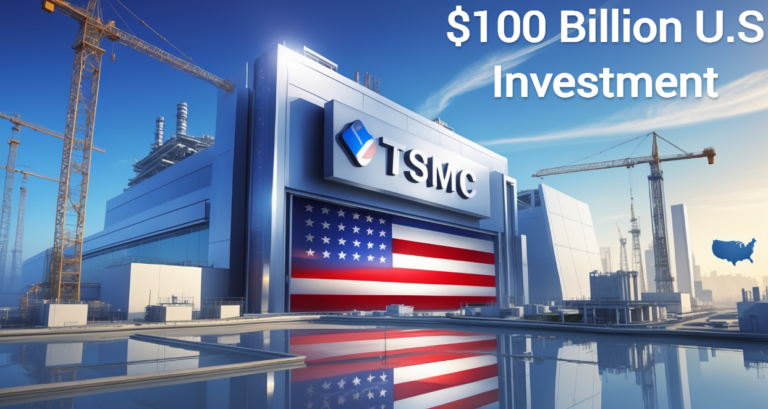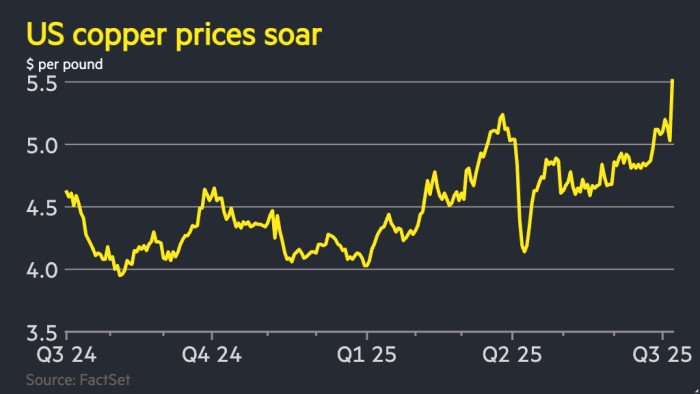![Merger & Acquisition Integration Success [M&A Restructuring Best Practices]](https://dailypulse365.com/storage/2025/02/3eee.jpg)
Mergers, Acquisitions, and Growth: The Roadmap to 2025
The business landscape is evolving at an unprecedented pace, driven by technological advancements, shifting consumer behaviors, and global economic trends. As we look ahead to 2025, one thing is clear: mergers, acquisitions, and strategic growth initiatives will play a pivotal role in shaping the future of industries worldwide. For businesses, investors, and stakeholders, understanding these dynamics is crucial to staying ahead of the curve. In this article, we’ll explore the key trends, opportunities, and challenges surrounding mergers, acquisitions, and growth strategies leading up to 2025.
The Rise of Mergers and Acquisitions (M&A) in the Modern Era
Mergers and acquisitions have long been a cornerstone of corporate strategy, enabling companies to expand their market share, diversify their offerings, and achieve economies of scale. However, the M&A landscape is undergoing a transformation as we approach 2025. Several factors are driving this shift:
1. Technological Disruption
The rapid pace of technological innovation is forcing companies to adapt or risk obsolescence. From artificial intelligence (AI) and machine learning to blockchain and the Internet of Things (IoT), businesses are leveraging M&A to acquire cutting-edge technologies and talent. For example, tech giants are increasingly acquiring startups to integrate innovative solutions into their existing ecosystems.
2. Globalization and Market Expansion
As businesses seek to tap into new markets, cross-border M&A deals are on the rise. Companies are looking beyond their domestic markets to establish a global presence, particularly in emerging economies with high growth potential. This trend is expected to accelerate as trade barriers continue to diminish and digital connectivity improves.
3. Economic Uncertainty and Consolidation
In an era of economic volatility, companies are turning to M&A as a means of survival and growth. Industry consolidation is becoming more common, particularly in sectors like healthcare, finance, and retail, where smaller players are struggling to compete with larger, more established firms.
4. Sustainability and ESG Considerations
Environmental, social, and governance (ESG) factors are increasingly influencing M&A decisions. Companies are prioritizing acquisitions that align with their sustainability goals, such as renewable energy firms or businesses with strong ethical practices. This trend reflects a broader shift toward responsible investing and corporate accountability.
Key Sectors Driving M&A Activity in 2025
As we look ahead to 2025, certain industries are expected to dominate the M&A landscape. Here are some of the key sectors to watch:
1. Technology and Software
The technology sector will continue to be a hotbed of M&A activity, driven by the demand for digital transformation. Cloud computing, cybersecurity, and AI are particularly attractive areas for investment. Companies that fail to embrace digital innovation risk falling behind, making acquisitions a strategic imperative.
2. Healthcare and Life Sciences
The healthcare industry is undergoing a seismic shift, fueled by advancements in biotechnology, telemedicine, and personalized medicine. M&A activity in this sector is expected to focus on companies that offer innovative treatments, digital health solutions, and data-driven healthcare platforms.
3. Financial Services
The financial services sector is experiencing a wave of consolidation as traditional banks and financial institutions compete with fintech disruptors. M&A deals in this space are likely to focus on digital payment solutions, blockchain technology, and wealth management platforms.
4. Energy and Utilities
The transition to renewable energy is reshaping the energy sector, with M&A activity centered around clean energy companies, battery storage solutions, and smart grid technologies. As governments worldwide implement stricter environmental regulations, businesses are under pressure to adopt sustainable practices.
5. Retail and E-Commerce
The retail industry is undergoing a digital revolution, with e-commerce giants driving M&A activity. Traditional retailers are acquiring online platforms to enhance their digital capabilities, while e-commerce companies are expanding their reach through strategic acquisitions.
Growth Strategies Beyond M&A
While mergers and acquisitions are a powerful tool for growth, they are not the only option. Companies are increasingly adopting a multi-faceted approach to achieve their growth objectives. Here are some alternative strategies that are gaining traction:
1. Strategic Partnerships and Joint Ventures
Collaborations with other businesses can provide access to new markets, technologies, and expertise without the complexities of a full-scale merger or acquisition. Strategic partnerships and joint ventures are particularly popular in industries like technology, healthcare, and automotive.
2. Organic Growth Through Innovation
Investing in research and development (R&D) is a proven way to drive organic growth. Companies that prioritize innovation can create new products, services, and business models that set them apart from the competition.
3. Digital Transformation
Embracing digital transformation is essential for businesses looking to stay competitive in the modern era. From automating processes to leveraging data analytics, digital transformation can unlock new opportunities for growth and efficiency.
4. Geographic Expansion
Expanding into new geographic markets is another effective growth strategy. Companies can achieve this through organic means, such as opening new offices or stores, or through acquisitions of local businesses.
5. Customer-Centric Approaches
Putting the customer at the center of business strategy is key to driving growth. By understanding customer needs and preferences, companies can tailor their offerings to deliver superior value and build long-term loyalty.
Challenges and Risks in the M&A Landscape
While mergers and acquisitions offer significant opportunities, they also come with their fair share of challenges. Here are some of the key risks to consider:
1. Integration Challenges
Merging two organizations is a complex process that requires careful planning and execution. Cultural differences, operational inefficiencies, and technology integration are common hurdles that can derail even the most promising deals.
2. Regulatory Scrutiny
M&A deals are subject to regulatory approval, which can be a lengthy and uncertain process. Antitrust concerns, data privacy regulations, and national security considerations are just a few of the factors that can complicate deals.
3. Valuation and Pricing
Determining the right price for an acquisition is a critical but challenging task. Overpaying for a target company can erode shareholder value, while undervaluing a deal can lead to missed opportunities.
4. Market Volatility
Economic uncertainty and market volatility can impact the success of M&A deals. Fluctuations in stock prices, currency exchange rates, and interest rates can all affect the financial viability of a transaction.
5. Reputation and Brand Risk
M&A deals can have a significant impact on a company’s reputation and brand image. Poorly executed deals or acquisitions that conflict with a company’s values can lead to public backlash and loss of customer trust.
The Future of M&A: What to Expect in 2025
As we approach 2025, the M&A landscape is poised for continued growth and transformation. Here are some predictions for the future:
1. Increased Focus on ESG
Environmental, social, and governance considerations will play an even greater role in M&A decisions. Companies will prioritize deals that align with their sustainability goals and contribute to positive social impact.
2. Rise of Digital M&A Platforms
Digital platforms and tools are revolutionizing the M&A process, making it faster, more efficient, and more transparent. From virtual data rooms to AI-powered deal sourcing, technology is reshaping how M&A transactions are conducted.
3. Greater Emphasis on Post-Merger Integration
As the complexity of M&A deals increases, companies will place greater emphasis on post-merger integration. Effective integration strategies will be critical to realizing the full value of a deal.
4. Emergence of New Players
The M&A landscape will see the emergence of new players, including private equity firms, venture capital investors, and special purpose acquisition companies (SPACs). These entities will drive innovation and competition in the market.
5. Globalization of M&A Activity
Cross-border M&A deals will continue to rise as companies seek to expand their global footprint. Emerging markets in Asia, Africa, and Latin America will be particularly attractive destinations for investment.
Navigating the Road to 2025
The period leading up to 2025 promises to be an exciting and transformative time for businesses worldwide. Mergers, acquisitions, and growth strategies will remain at the forefront of corporate decision-making, driven by technological advancements, globalization, and evolving consumer demands. However, success in this dynamic environment will require careful planning, strategic foresight, and a willingness to adapt to change.
For companies looking to thrive in the years ahead, the key is to embrace innovation, prioritize sustainability, and remain agile in the face of uncertainty. By doing so, they can position themselves for long-term success and capitalize on the opportunities that lie ahead.






